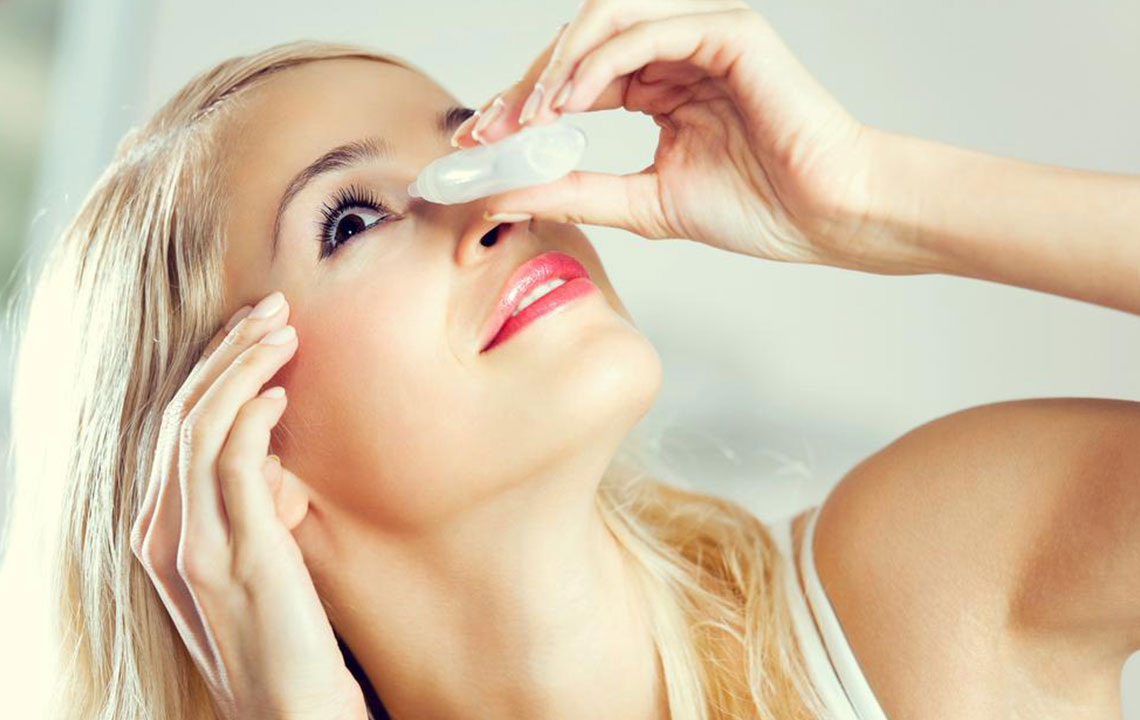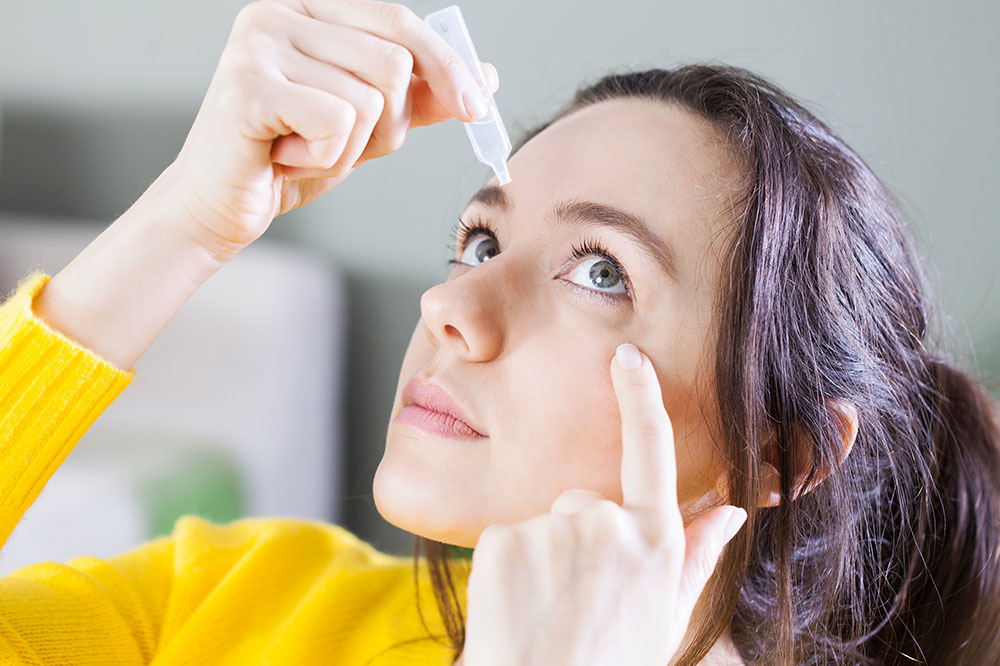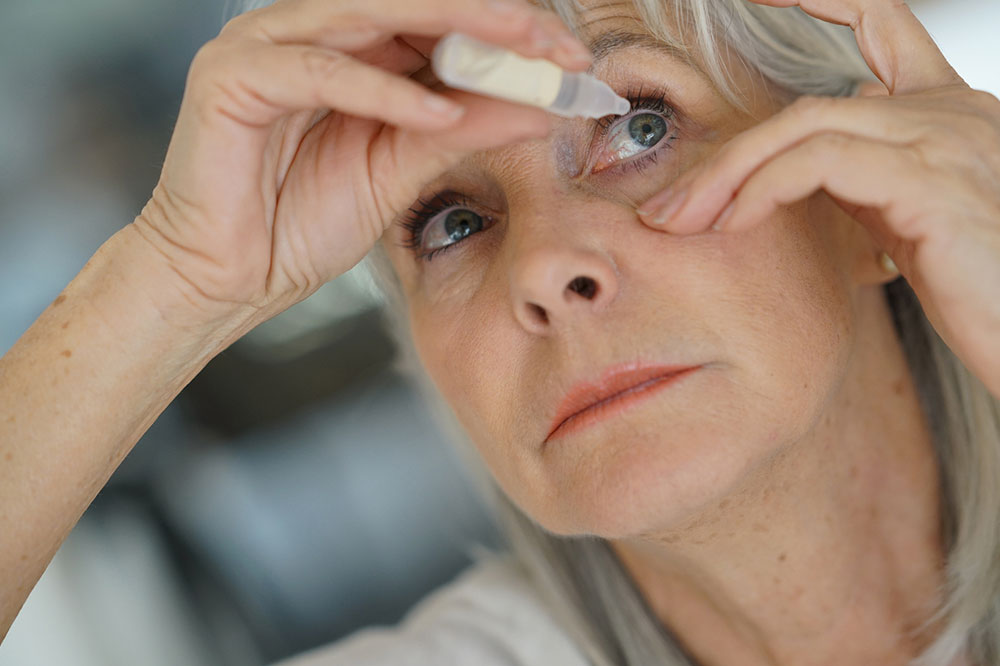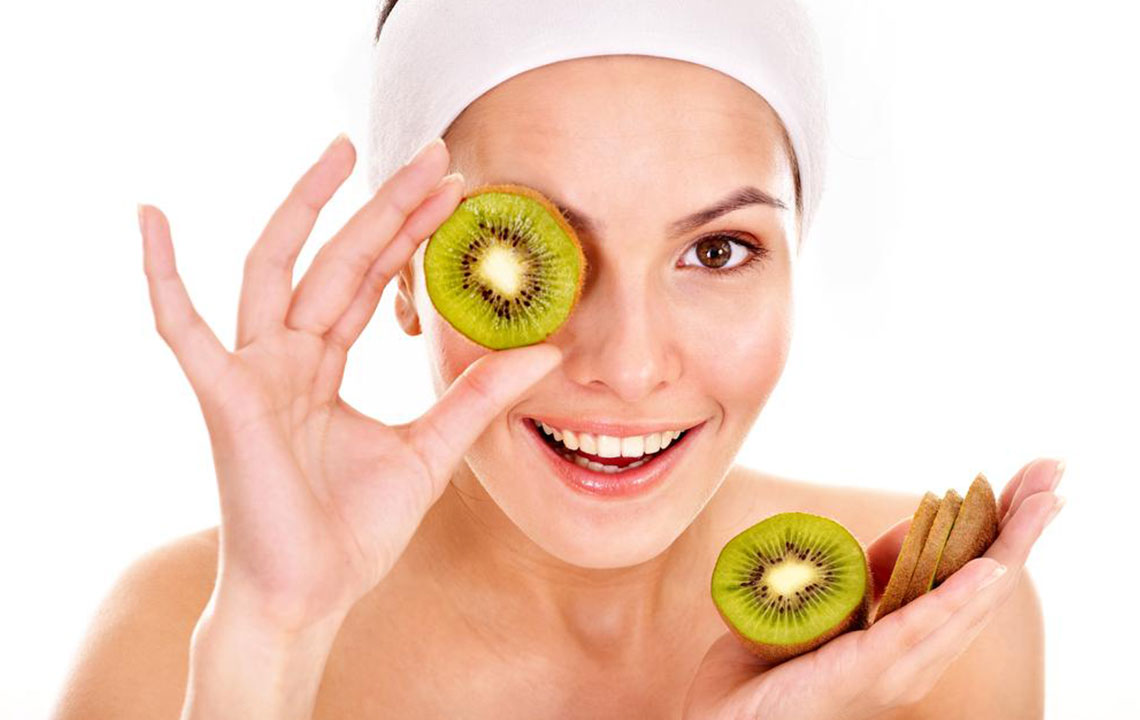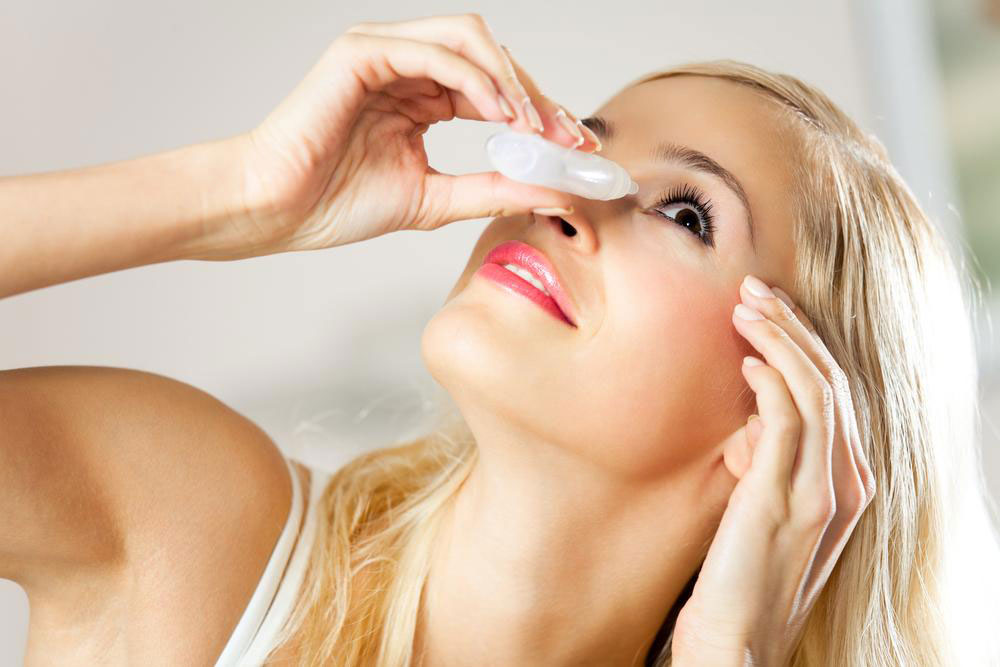Comprehensive Guide to Relieving Dry Eyes Naturally and Effectively
This comprehensive guide explores effective strategies to soothe dry eyes naturally, emphasizing lifestyle changes, home remedies, nutritional support, and when to seek professional care. By understanding the causes and applying these techniques, individuals can significantly alleviate discomfort and protect their eye health for the long term.

Comprehensive Guide to Relieving Dry Eyes Naturally and Effectively
Dry eye syndrome is a common condition characterized by insufficient or poor-quality tears, leading to irritation, a burning sensation, blurred vision, and overall discomfort. This condition can significantly impact daily activities and reduce quality of life if not properly managed. Tears serve more than just lubricating the eyes; they provide essential nutrients, remove debris, and defend against environmental irritants such as dust, smoke, and wind. Understanding the causes and effective remedies for dry eyes can help individuals manage symptoms and prevent long-term complications.
Dry eyes develop when there is a disruption in the tear film, which is composed of three layers: oil, aqueous (water), and mucin. An imbalance or deficiency in any of these layers can cause tears to evaporate too quickly or be insufficient to lubricate the eye properly. The primary causes include decreased tear production, increased tear evaporation, and abnormalities in tear composition. Several factors influence these causes, including aging, hormonal changes, environmental conditions, medical treatments, and lifestyle choices.
Causes and Risk Factors for Dry Eyes
Aging is a leading factor— as we age, tear production naturally diminishes, especially after the age of 50. Hormonal fluctuations, particularly in women experiencing menopause, can also lead to decreased tear secretion. Medical procedures like LASIK refractive surgery or the use of certain medications such as antihistamines, antidepressants, and blood pressure drugs can reduce tear production. Environmental factors like dry, windy, or smoky conditions accelerate tear evaporation, exacerbating symptoms.
Contact lens users are more prone to dry eyes due to mechanical irritation and reduced oxygen flow to the cornea. Additionally, prolonged screen time, especially with digital devices, causes decreased blinking rates, leading to increased tear evaporation and eye fatigue. Underlying health conditions, including autoimmune diseases like Sjögren's syndrome or rheumatoid arthritis, further increase susceptibility.
Symptoms and Recognition of Dry Eyes
Common symptoms include a persistent dryness sensation, redness, sensitivity to light, blurred vision, or a gritty feeling as if sand is in the eyes. Some individuals notice excessive tearing as a reflex response to dryness, which paradoxically worsens the problem. Recognizing these signs early allows for more effective management and reduces the risk of complications such as corneal abrasions or infections.
Effective Natural Remedies and Lifestyle Adjustments
Fortunately, many simple and accessible remedies can alleviate dry eye symptoms without the need for invasive treatments. Lifestyle modifications, proper eye care routines, and dietary enhancements play essential roles in restoring eye comfort and health.
Warm Compresses for Oil Gland Support
Applying a warm compress is one of the most straightforward and effective techniques. Using a soft cloth soaked in warm water, gently rest it over closed eyelids for 5-10 minutes each day. The warmth helps loosen and unblock the meibomian glands responsible for secreting oil into tears, thereby improving tear film stability and reducing evaporation. Regular compress application can significantly enhance symptom relief and promote healthier eyelid glands.
Maintaining Proper Eyelid Hygiene
Good eyelid hygiene prevents blockages and infection. Use gentle, preservative-free cleansers or baby shampoos diluted with water to clean eyelid margins daily. Carefully remove any debris or crusts, especially if accompanied by blepharitis, which can aggravate dryness. Consistent eyelid hygiene ensures the glands remain unobstructed and functions optimally.
Blinking More Often and Taking Breaks
During activities requiring intense visual focus, such as working on computers or reading, our blink rate decreases substantially— often to half or less of normal. This reduced blinking accelerates tear evaporation, intensifying dryness. To counteract this, consciously remind yourself to blink more frequently and follow the 20-20-20 rule: every 20 minutes, look at an object 20 feet away for at least 20 seconds. These habits help maintain consistent tear distribution and reduce eye strain.
Use of Artificial Tears and Eye Lubricants
Over-the-counter eye drops, commonly known as artificial tears, can provide immediate relief. They come in various formulations—some mimic natural tears, others serve longer-lasting lubricants or contain electrolytes. It's essential to choose appropriate drops suited to your severity and avoid prolonged use of products with preservatives that may irritate sensitive eyes. For persistent dryness, gels or ointments applied before sleep can offer extended moisture throughout the night.
Protective and Moisture-Retentive Contact Lenses
Specialized contact lenses, such as bandage lenses or moisture-retaining types, can help shield the eyes from environmental irritants while minimizing tear evaporation. Discuss with your eye care professional about options for lenses that might be suitable if dryness is a significant issue. Proper lens hygiene and avoiding extended wear can also prevent further complications.
Dietary Improvements: Omega-3 Fatty Acids
Nutrition plays a vital role in maintaining healthy tear production. Diets rich in omega-3 fatty acids, found in fatty fish like salmon, mackerel, and sardines, along with plant sources such as flaxseed, chia seeds, and walnuts, have been shown to improve tear quality. Omega-3s reduce inflammation and support the function of the meibomian glands, resulting in better tear stability and less dryness.
Proper Hydration
Maintaining adequate hydration is fundamental. Drinking plenty of water throughout the day ensures that the body, including the eyes, remains well-hydrated. Proper hydration helps sustain the aqueous layer of tears and prevents dryness caused by dehydration. Aim for at least 8 glasses of water daily, adjusting based on activity level and climatic conditions.
Additional Over-the-Counter Remedies
Many effective over-the-counter products, such as lubricating ointments, gels, and preservative-free eye drops, are available for various severity levels. Always choose products that suit your specific needs and consult with an eye care professional if symptoms persist or worsen. Consistent use of these remedies can help maintain eye comfort and prevent chronic dryness.
When to Seek Medical Attention
While most cases of dry eyes can be managed with home remedies and lifestyle changes, persistent or severe symptoms warrant professional evaluation. An eye doctor can assess tear production, identify underlying causes, and recommend advanced treatments such as prescription medications, punctal plugs, or newer therapies like intense pulsed light (IPL) therapy. Early intervention can prevent complications like corneal damage or infections, safeguarding your eye health.
In conclusion, addressing dry eyes requires a comprehensive approach that combines simple home remedies, lifestyle adjustments, and nutritional support. Recognizing symptoms early and taking proactive steps can lead to significant relief, enhanced comfort, and preserved vision in the long run. Remember, maintaining eyelid hygiene, staying well-hydrated, and incorporating omega-3-rich foods into your diet are fundamental actions that contribute to healthier, more comfortable eyes.
